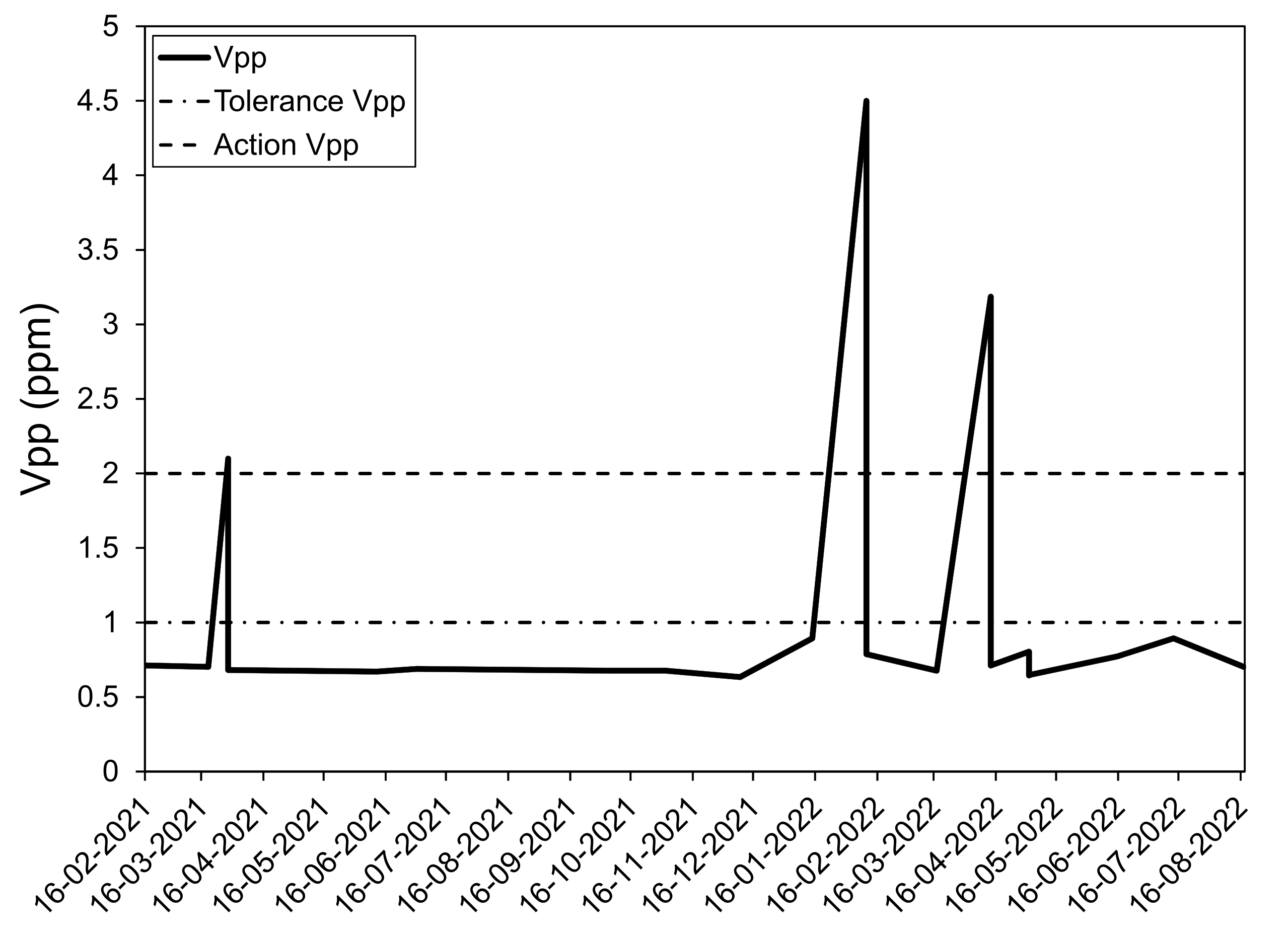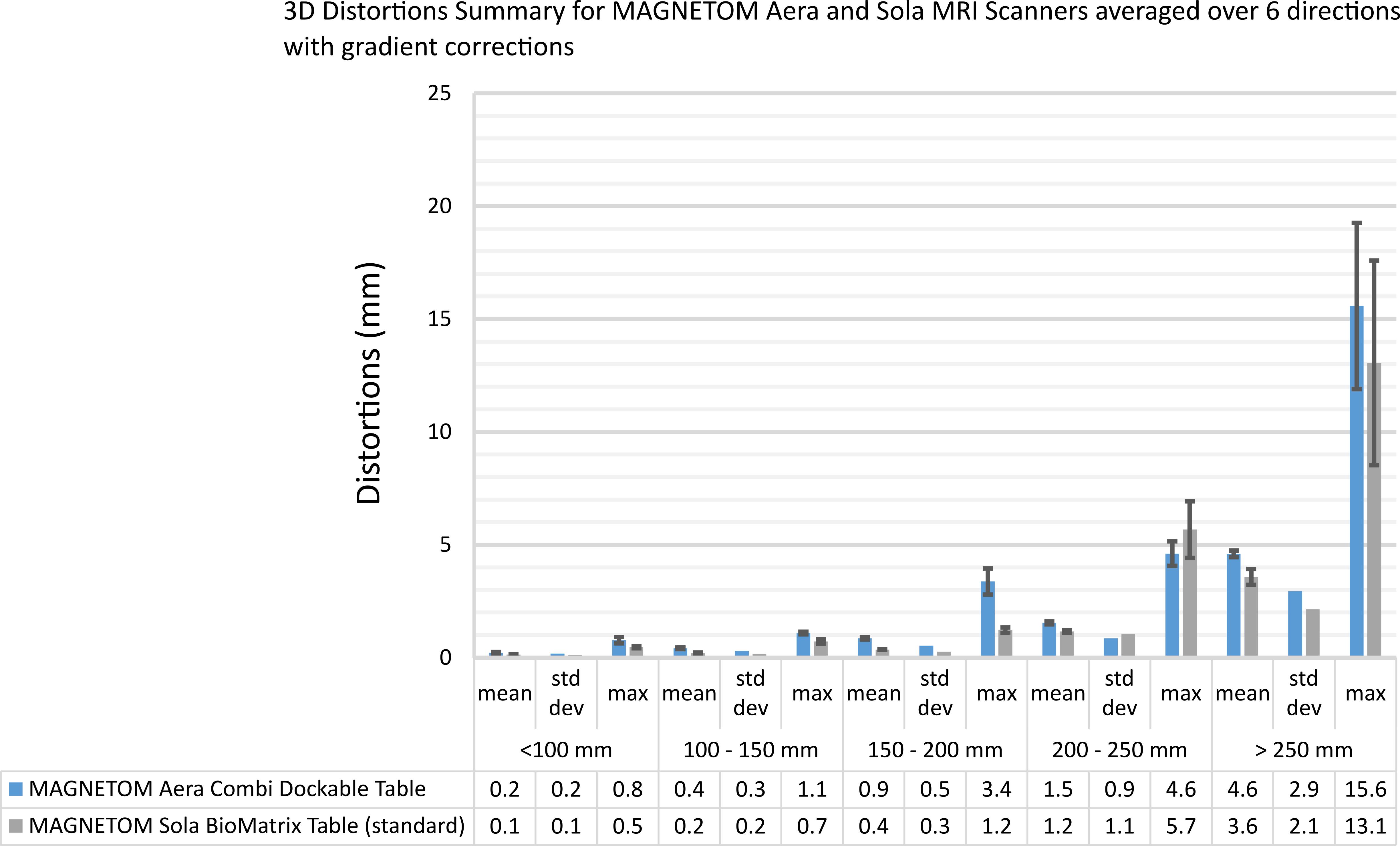Commissioning and implementing a Quality Assurance program for dedicated radiotherapy MRI simulators
PD-0579
Abstract
Commissioning and implementing a Quality Assurance program for dedicated radiotherapy MRI simulators
Authors: Eric Poulin1, Frederic Lacroix2, Jean-David Jutras2
1CHU de Québec - Université Laval, Radio-oncologie, Québec, Canada; 2Chu de Québec - Université Laval, Radio-oncologie, Québec, Canada
Show Affiliations
Hide Affiliations
Purpose or Objective
The ACR and AAPM task group’s guidelines were recently published, addressing the specific aspects of a quality assurance program and commissioning for state-of-the-art dedicated radiotherapy MR simulators. The goal of the current paper is to present the authors 2 years’ experience regarding the commissioning and introduction of a Quality Assurance program based on these recent guidelines.
Material and Methods
CHU de Québec–Université Laval acquired a MAGNETOM Sola 1.5T MRI simulator dedicated to external-beam RT planning and a Nexaris MR with MAGNETOM Aera 1.5T scanner for interventional brachytherapy. All mandatory commissioning tests of the AAPM report 284 were performed and the authors’ main findings are reported. Visual inspection, in-house tools provided by the Siemens clinical or service platform, third party software or in-house python-based code were used. Automation of data analysis was performed through the use of in-house or third-party software. QA data logging and storage is performed using QATrack+ and monitored over time. More specifically, 3D geometric distortion, B0 inhomogeneity, EPI and parallel imaging performance were evaluated.
Results
The complete AAPM tests were performed as part of commissioning and no system related failures were detected on both the MAGNETOM Aera and Sola. The Siemens service platform allows for automatic QA processes and semi-automatic coil tests that meet most of the AAPM recommendations. Fig. 1 shows that shim-tuning was needed within 2 months post-ramping of the magnet as well as 2 additional times during the first 18 months; these 2 events were caused by a large metallic construction bin positioned outside, adjacent to the Sola MRI room. Fig. 2 shows that on the MAGNETOM Sola, the average distortion is on the order of 1 mm for imaging radii of 250 mm or less. For radii of up to 200 mm, the maximum distortion is 1.22 mm, the average is 0.36 mm and the standard deviation is 0.26 mm. Mean, standard deviation and maximum distortion values on the MAGNETOM Aera standard table are roughly double the MAGNETOM Sola values for radii up to 200 mm. EPI geometric distortion, ghosting ratio and long-term stability were found to be under maximum recommended values. The parallel imaging SNR ratio was measured for protocol optimization, and shown to be stable over 12 months, with a ratio close to the upper theoretical limit of 1.41 (GRAPPA factor 2). The calibration method with GRAPPA was found to affect SNR, integration of lines was superior.
Conclusion
The authors’ experience showed no major problems during acceptance and commissioning. The QA program tracks advanced features and environmental changes. The Siemens service platform is time-saving in permitting medical physicists to perform most of the TG recommended QA. The MAGNETOM Sola system was found to be more geometrically accurate, with a more homogenous B0 field than the MAGNETOM Aera making it better suited for external-beam RT planning.

Fig. 1.

Fig. 2.